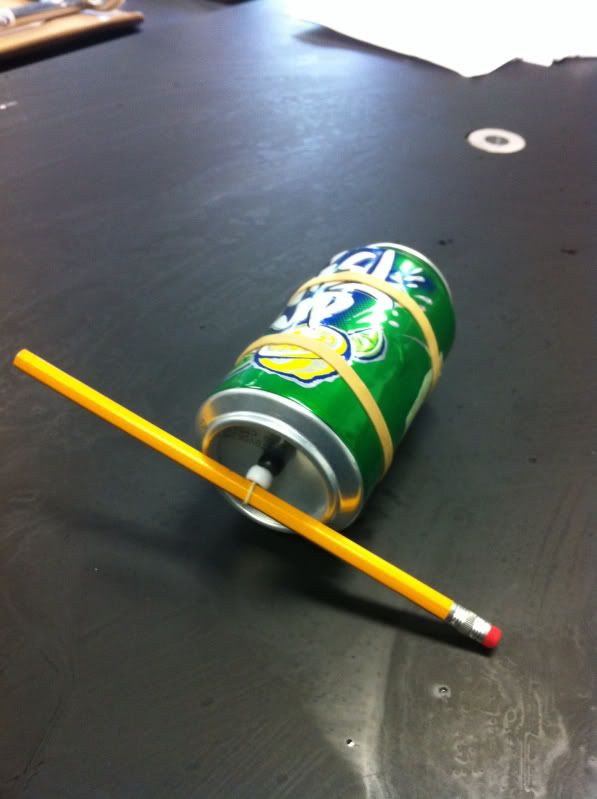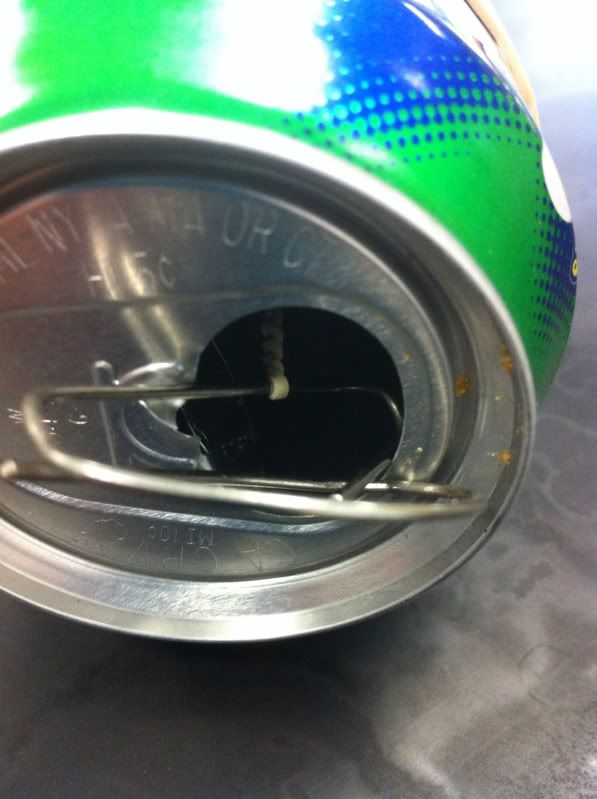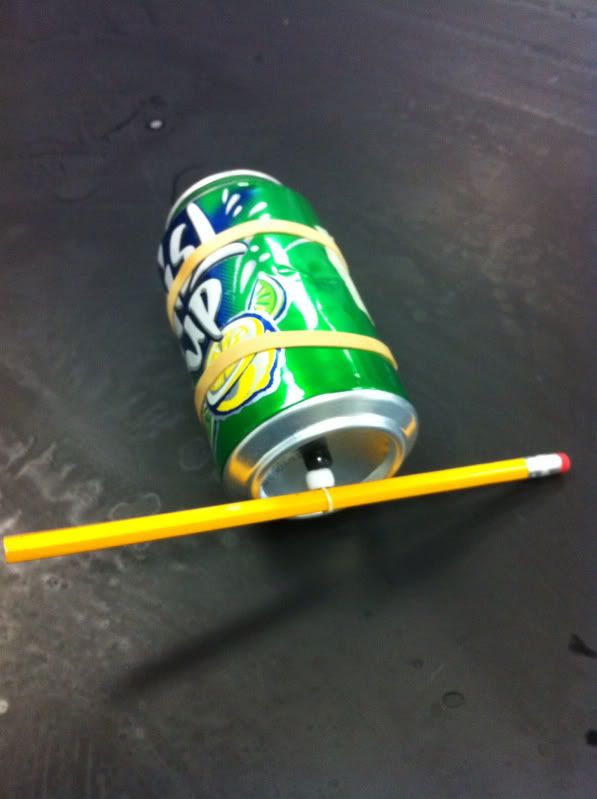Why are daily routines important?
Daily routines are so important for our students. As parents, and as teachers, we know this. We spend a lot of time creating routines that will help our kids get settled in the morning, or help our own children go to bed at night. Unfortunately, we don’t do the same for ourselves! We would reap benefits from this as well.I know the school day can be chaotic. There are a lot of interruptions and things that can break up our routine, but it can help to at least have a checklist of important tasks to do, or what you want your morning routine to look like.
Where can you institute routines?
You could have routines for your arrival to school, the end of the school day, or even weekly routines.Here are some examples of my routines:
Arrival to school
- Set up materials
- Get mail?
- Answer emails?
- Take care of any urgent details
- Get yourself in the right frame of mind
- Attendance ready/rosters printed, cabinets unlocked, personal belongings locked, etc….
End of the school day
- Make copies
- Set up your schedule for the next day - plan what to do in the bigger blocks of free time
- Plan any upcoming materials that you will need later
- Set up the agenda on the board, get everything ready to go
- “Let go” of the end of the school day
Weekly Routines (to be done during planning periods)
- Monday: Make copies for the week; post updated grades or list of missing work
- Tuesday: set up lab materials for the week
- Wednesday/Thursday: phone calls, grading
- Friday: Work on plans for the next week, touch base with resource teachers etc.
Now, where do you keep track of these routines?
I am a huge digital person most of the time, but sometimes paper is better. Here are a few options- In your calendar or planbook, either with a paperclip or post-it on the page
- In a sheet protector or laminated and taped to your desk
- Google Keep (did you know you can just make checkboxes and then uncheck all). See the picture below
What would you like to add to these lists? What fits your daily routines?
I would like to try something new on this post and make a shared document where we could all brainstorm routine tasks, to help each other think of where they fit in. Click here to open this document in a new window and add your thoughts! You can also certainly then make a copy of this document and use it to make your own routine checklists!













